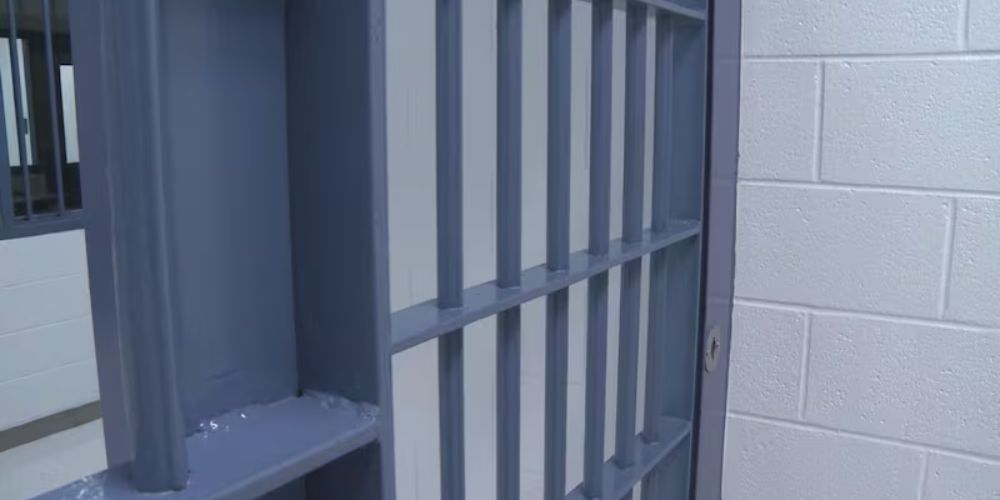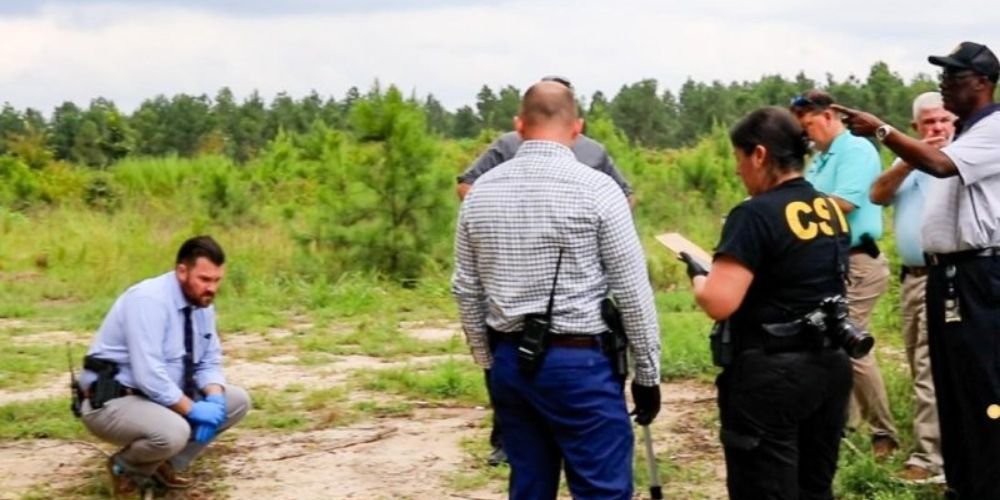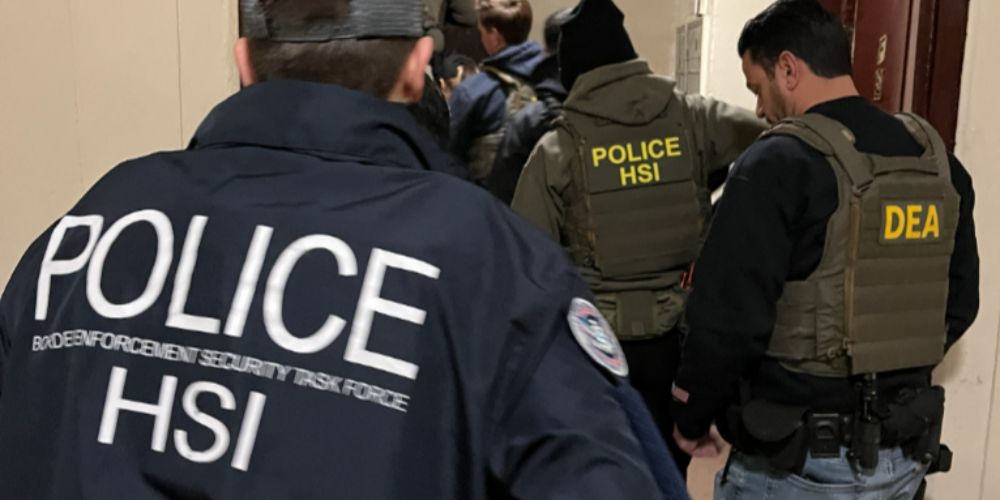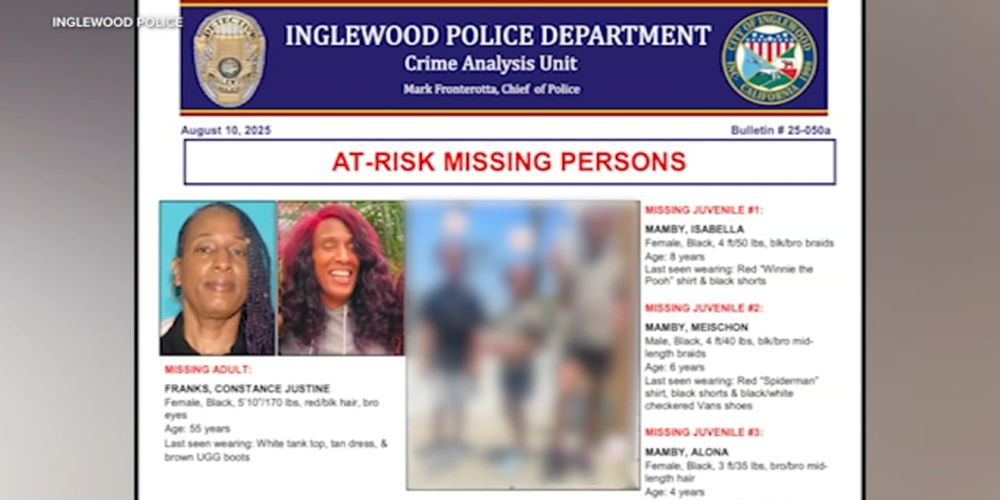In July 2025, the U.S. Immigration and Customs Enforcement (ICE) agency unveiled a sweeping transformation in its enforcement strategy: millions of undocumented immigrants will no longer be eligible for bond hearings during their deportation proceedings reported by Washington Post. This seismic policy shift directly impinges on long‑standing procedural norms, erasing a crucial avenue for detainees to secure release ahead of court hearings—potentially keeping them confined for months or even years. As cities from Houston to Los Angeles absorb the implications, this blog explores how the new directive will ripple across lives, communities, and the labyrinthine U.S. immigration system.
Context and Catalyst: What Sparked This Change
In a detailed internal memo dated July 8, 2025, acting ICE Director Todd M. Lyons directed frontline officers and legal teams to reverse decades of practice: “unauthorized immigrants…may not be released from ICE custody.” This strategic pivot transforms what was once discretionary bond eligibility into near-mandatory detention. The ICE directive draws from a literal reading of immigration statutes—on paper requiring all noncitizens to be detained pending removal hearings. Traditionally, however, judges had considerable leeway, especially for nonviolent, long‑term residents with ties to their communities.
Several immediate catalysts converged to instigate this about-face:
-
Historic Congressional Funding: As part of what has been dubbed the “One Big Beautiful Bill Act,” Congress allocated $45 billion over four years to dramatically expand ICE’s detention footprint—from an average of 40,000 beds to a staggering 100,000‑bed capacity.
-
Enforcement-First Political Mandate: The policy aligns seamlessly with President Trump’s goal of one million deportations in 2025, framing mandatory detention as a foundational element of border control and illegal immigration deterrence.
The Scale of Impact: Who This Policy Affects
This isn’t a marginal tweak—it’s a game‑changer:
-
Millions of Undocumented Residents: Estimates suggest over 10 million undocumented immigrants currently reside in the U.S. While not all are in removal proceedings, data shows approximately 4 million proceedings are ongoing, with hundreds of thousands annually denied bond.
-
Long-Term Residents: Those living in cities like Miami, Chicago, and Seattle for 10–20 years—many with U.S.-born children, jobs, and homes—are now swept into mandatory detention.
-
Nonviolent, Law-Abiding Immigrants: Even individuals with no criminal record are subject to detention. The policy specifically includes a sweeping prohibition for all unauthorized entries “at any time,” blurring past distinctions.
In cities like Phoenix, where over 60,000 undocumented residents work in agriculture, or in smaller towns like Hutto, Texas—home to key ICE detention facilities—the repercussions are swift and stark.
Behind the Scenes: Memo Directives and Legal Rationale
The internal ICE memo takes a narrow, statute‑centric approach to immigration law, notably referring to the section mandating detention of “aliens present in the United States, not admitted or paroled.”
Under the new directive:
-
Bond hearings are the exception, not the norm: Parole decisions are left solely to ICE officers, not judges—representing a major shift in procedural authority.
-
Uniform enforcement across decades: The policy dissolves previous distinctions between recent border crossers and those long integrated into U.S. society.
-
Legal theory meets enforcement pragmatism: With a quadrupled detention capacity, ICE officials say mandatory detention is now “logistically feasible.” Civil rights groups argue this rationale transforms judicial discretion into mass incarceration.
National Rollout: Early Applications in Key Cities
The new policy didn’t stay on paper—it was enacted swiftly:
-
New York City: More than a dozen local immigration courts have already denied bond to individuals who would previously have been released under supervision. Community advocates cite cases of long-term residents held without a hearing in Eloy, AZ, lamenting reduced access to counsel.
-
Los Angeles: With over 400,000 undocumented residents, L.A. reports cases of single mothers—employed for years, tied to family, no criminal record—being transferred directly to ICE detention centers before having a bond opportunity.
-
Philadelphia & Atlanta: Immigrant defense groups there say judges are now denying bond by default, citing the ICE memo. Hearings for previously eligible detainees have been abruptly terminated.
Detention Overload: Numbers, Facilities, and Capacity
Before July 2025, ICE maintained about 56,000 detainees daily, with capacity around 60,000. The new funding ramps capacity to 100,000 beds, an unprecedented 70% increase. By September, ICE aims to open:
-
Giant new detention centers in rural Georgia, West Texas, and Arizona’s borderlands.
-
“Soft-sided” temporary facilities, like those in Florida’s Everglades—affectionately nicknamed “Alligator Alcatraz” due to nearby wildlife hazards.
This infrastructure boom signals ICE’s readiness to detain far beyond prior limits, raising logistical and ethical concerns about scale and oversight.
Legal and Constitutional Fallout: The Courtroom Battlefront
Almost immediately, immigration attorneys set legal wheels in motion:
-
Class-action lawsuits in states like Washington and Virginia challenge the policy as unconstitutional under due process protections and habeas corpus rights.
-
Judicial resistance: A precedent-setting case in Tacoma already led a judge to reinstate bond hearings for a long-term resident. Other courts across Oregon and North Carolina signal growing judicial willingness to push back.
Critics argue mandatory detention for indefinite — potentially years-long — periods violates established due process norms.
Community Response: Families, Nonprofits, and Coalitions
The policy reverberates beyond courtrooms:
-
Local government pushback: In cities like San Francisco and Minneapolis, mayors and refugee services have called for “humanitarian pauses,” citing community disintegration from detaining breadwinners and caregivers without warning.
-
Coalition-building nationwide: Organizations like CASA, RAICES, and the ACLU are coordinating legal defense, fundraising bail pools, and organizing “know your rights” workshops to empower community members.
-
Faith-based sanctuary: UCC and other denominations are offering sanctuary in churches in Dallas, Phoenix, and Denver, extending moral and logistical support to families facing detention.
Human Toll: Real Lives, Real Consequences
Behind every detention is a personal narrative:
-
Ana from Houston, a 34-year-old undocumented mother of two U.S.-born children, had been working as a dental assistant since 2012. When an ICE raid occurred in June, her family was suddenly splintered: her children left with relatives, her home facing foreclosure, and her case delayed indefinitely due to lockdown bond hearings.
-
Miguel in Providence, RI, a construction worker living undocumented since childhood, was arrested for driving without a license—a minor offense. Under prior policy, a judge would likely have granted bond. Now, he remains in a remote detention center hundreds of miles away, unable to access his legal team or attend his day labor job.
-
These stories echo across cities—where well-integrated immigrants, with no criminal history and deep community ties, confront indefinite detention and legal paralysis.
Policy Mechanics: Parole vs. Bond — What’s the Difference?
Understanding ICE’s approach requires clarity:
-
Bond Hearings: Administered by judges who evaluate flight risk, community ties, and family obligations.
-
Parole by ICE Officers: Case-by-case release decision made entirely by agency staff, imposing much tighter criteria and far less transparency.
-
Outcome: Almost all detainees will now rely on ICE officers’ discretion for parole—judicial oversight is drastically reduced or eliminated.
National Debate: Security vs. Justice
The policy lights up entrenched arguments:
-
Pro‑enforcement voices highlight deterrence and uniformity—treating all unauthorized entrants the same, tightening loopholes, strengthening deportation systems.
-
Civil rights advocates denounce expanded mandatory detention as both immoral and legally dubious, pointing to hardships, undue isolation, and extreme logistics for detainees seeking defense.
-
Judicial authorities question underfunded courts. Even as case backlogs balloon past 3.7 million, ICE cuts judgeships by about 100—yet pours billions into cages and personnel. Critics see skewed priorities: locking people up over adjudicating justice.
Ripple Effects on Immigration Courts and Hearings
A surge in detained individuals complicates court operations:
-
Backlog intensifies: Immigration courts already strain under multi‑year delays. Keeping more people locked up doesn’t resolve the bottleneck.
-
Due process hobbled: Detainees in remote centers struggle with telephonic or video hearings—attorney access, case prep, and family participation are undermined.
-
Judicial burnout: Systemic strain increases risk of errors, wrongful orders, and mounting appeals.
Economic & Social Costs: What We Pay in Dollars and Humanity
Expanding detention bed capacity isn’t free:
-
Fiscal outlay: With $45 billion allocated to detention over four years alone, that’s over $1 million per bed over the expectant timeline—excluding ongoing management and healthcare.
-
Hidden costs: Communities lose vital contributors—workers in agriculture, caregiving, construction vanish from local economies, burdening social services.
-
Family trauma: Children separated, parental absence, disrupted routines with long-term psychological consequences.
Chronic Enterprise vs. Emergency Structure
Experts worry the policy normalizes indefinite detention:
-
From border control to long-term warehousing: The policy shifts from temporary measures to permanent incarceration models.
-
Potential for detention-industrial growth: As beds fill, the system risks lobbying for further expansion—turning a crisis tactic into a growth-oriented institution.
Possible Road Ahead: Reform, Resistance, Realignment
What could steer this trajectory?
-
Legal verdicts: Federal courts could rule the policy unconstitutional; Supreme Court intervention may establish new bond rights.
-
Legislative counteraction: Bipartisan proposals in Congress could mandate bond hearings, restrict detention length, or enforce deportation prioritization.
-
Administrative recalibration: A future executive branch could reverse or soften the policy, reinstating judicial discretion.
National Conversation: Voices from Across the Spectrum
-
ICE and Homeland Security emphasize fairness and consistency, asserting that “the law is the law.”
-
Immigration lawyers and human rights groups denounce the order as “flagrantly unlawful” and “supercharging detention” at the expense of justice.
-
Local leaders and faith coalitions call for grass-roots resistance—shelters, legal aid, and city-level defiance.
-
Media discourse splits sharply—security-focused outlets applaud enforcement rigor; civil liberties platforms condemn mass detention and potential due process erosion.
Conclusion: A Defining Moment for American Values
The July 2025 ICE memo isn’t just another policy change—it’s a full-scale revision of how the U.S. treats undocumented immigrants. By withdrawing bond hearings for millions, ICE elevates detention above judicial oversight, amplifying logistical capacity while shrinking constitutional safeguards.
As this policy unfolds—from detention centers in rural Arizona to courtrooms in Boston—America confronts hard choices: will it prioritize enforcement infrastructure or recommit to due process, humane treatment, and judicial fairness? The answers will echo in families, cities, and national conscience for years to come.
Final Reflection: What Comes Next?
This policy pivot has opened a pivotal chapter in U.S. immigration history. The stakes are high: over 60,000 people already detained as of June 29, 2025, could now remain in custody indefinitely. Whether through court ruling, legislative action, or future administrative order, this policy will profoundly influence not only immigration enforcement—but the very shape of American justice and community solidarity.











Leave a Comment